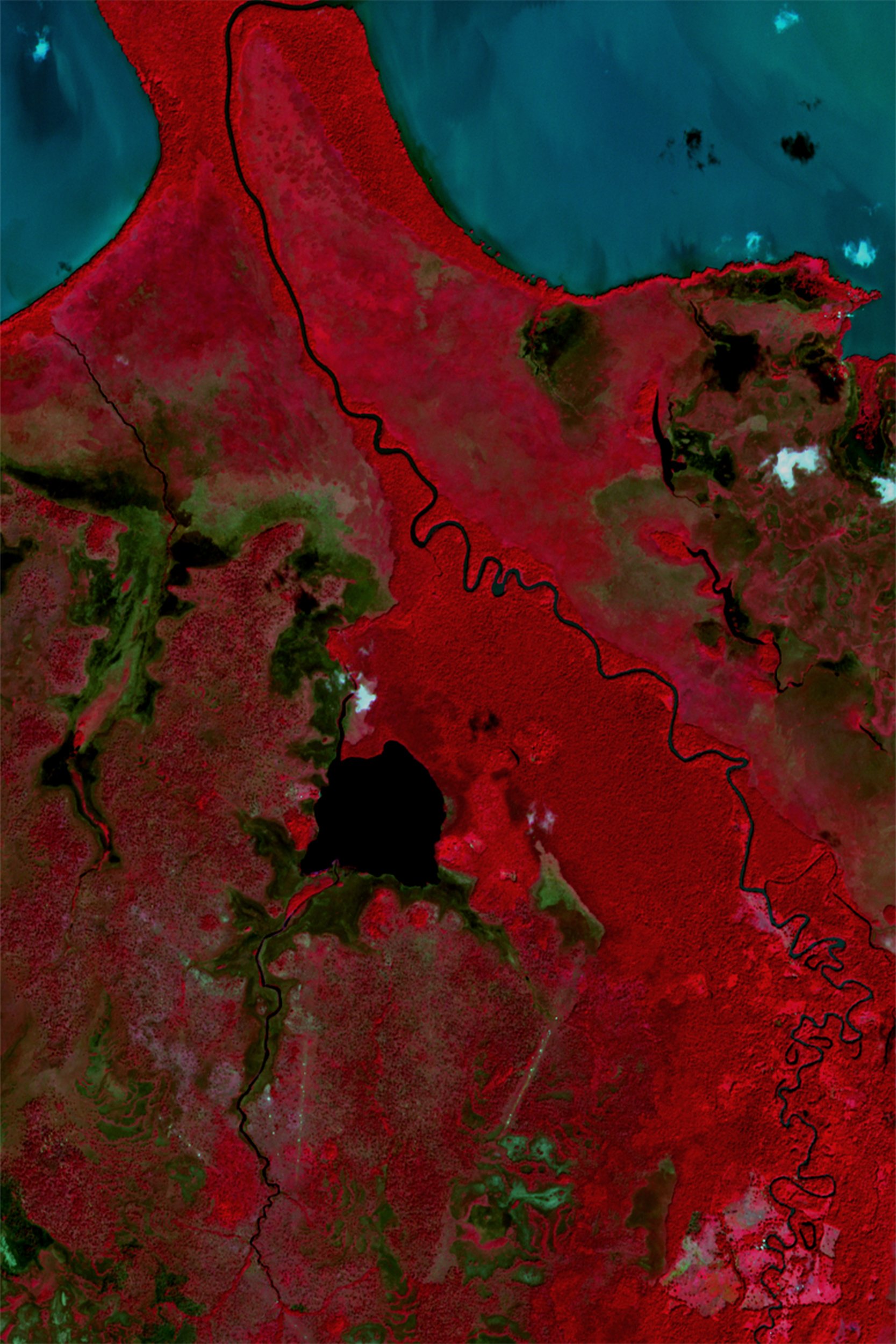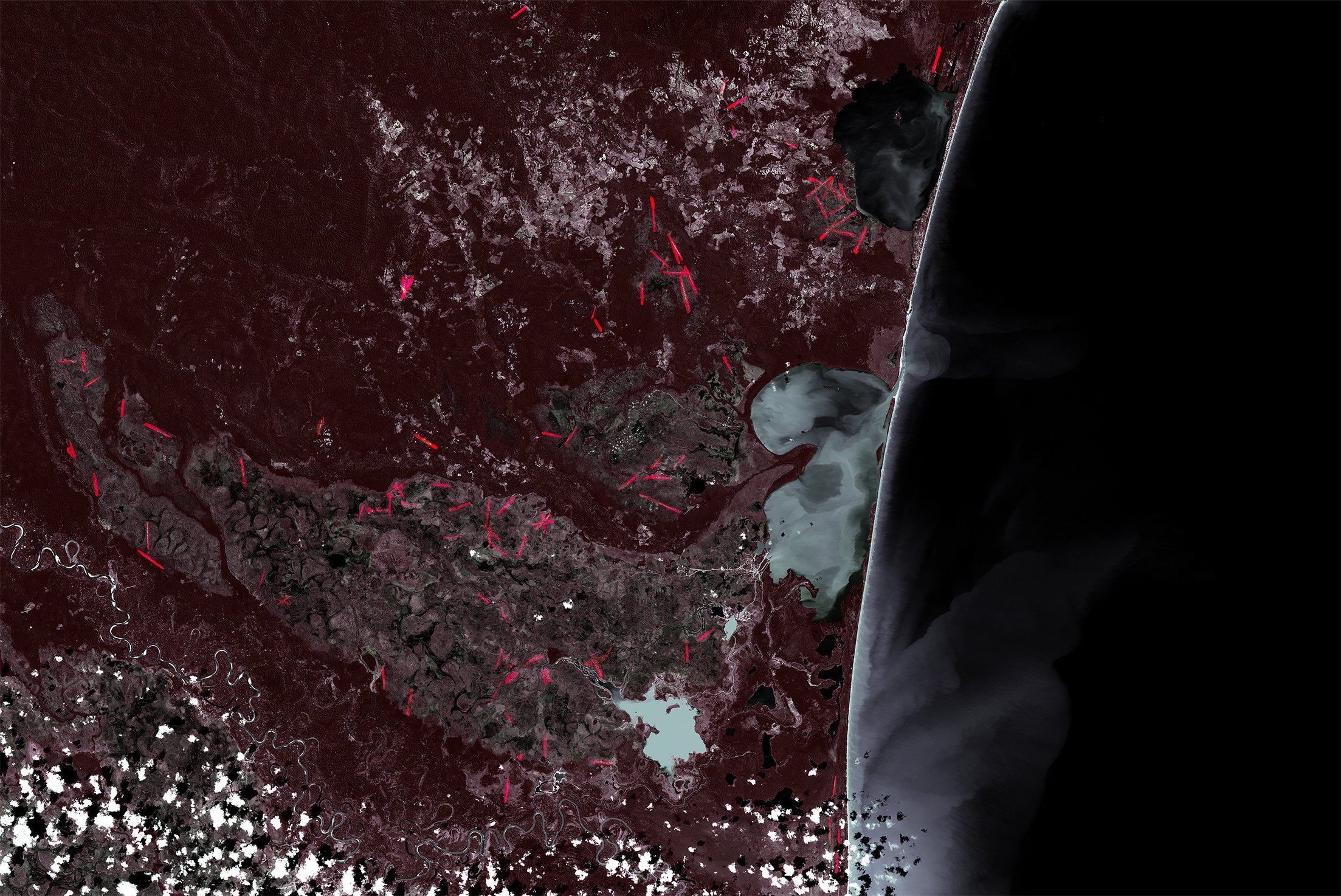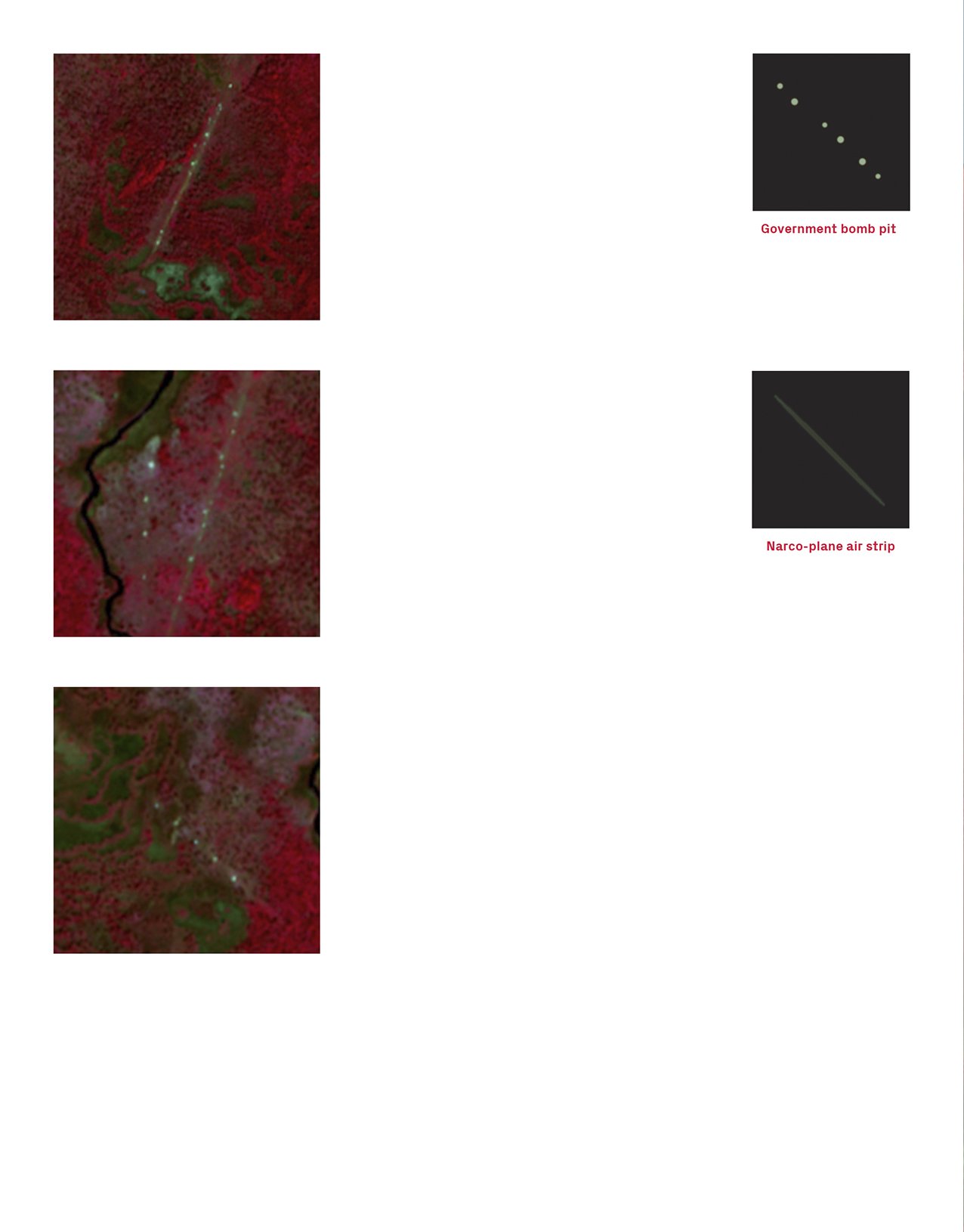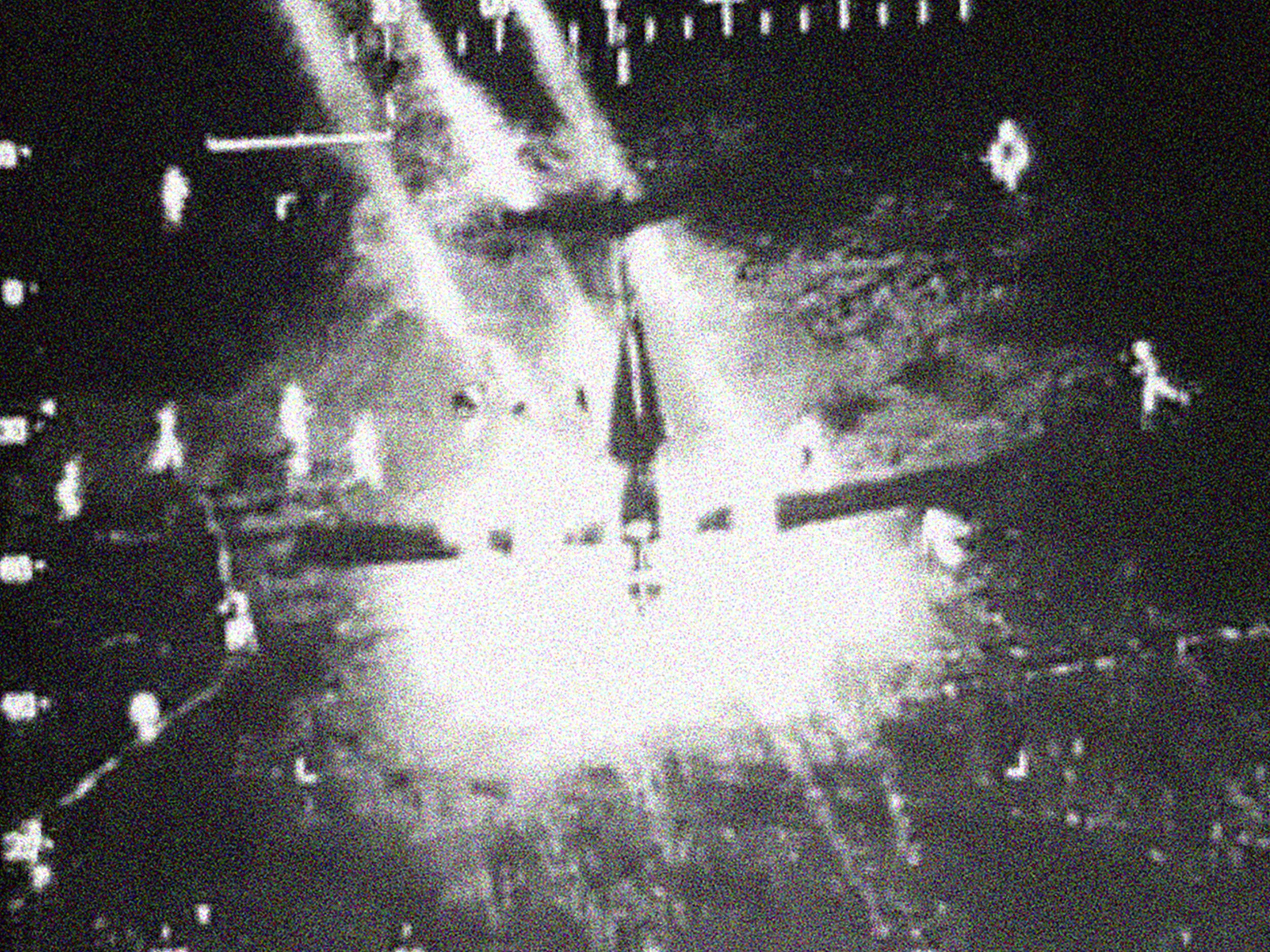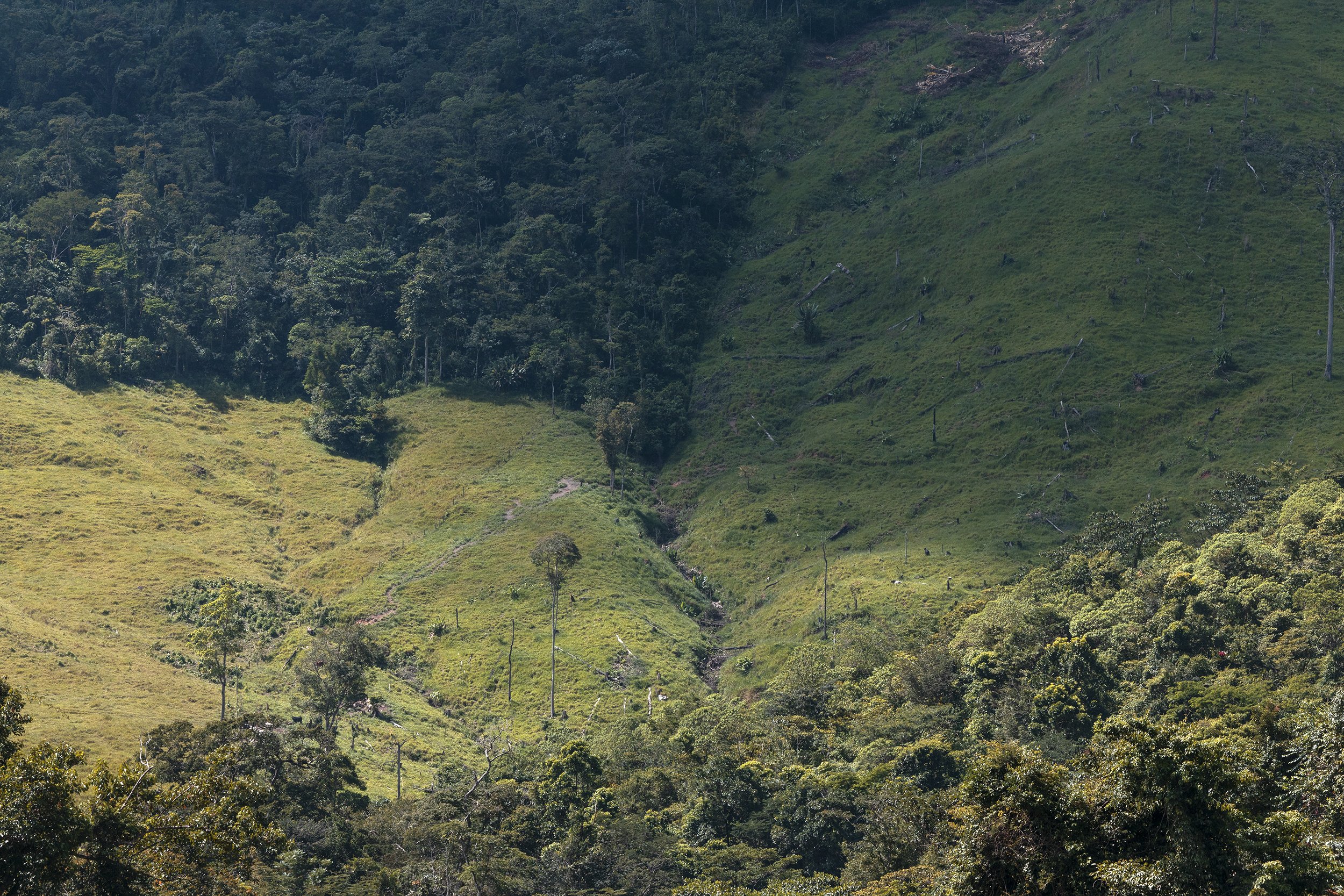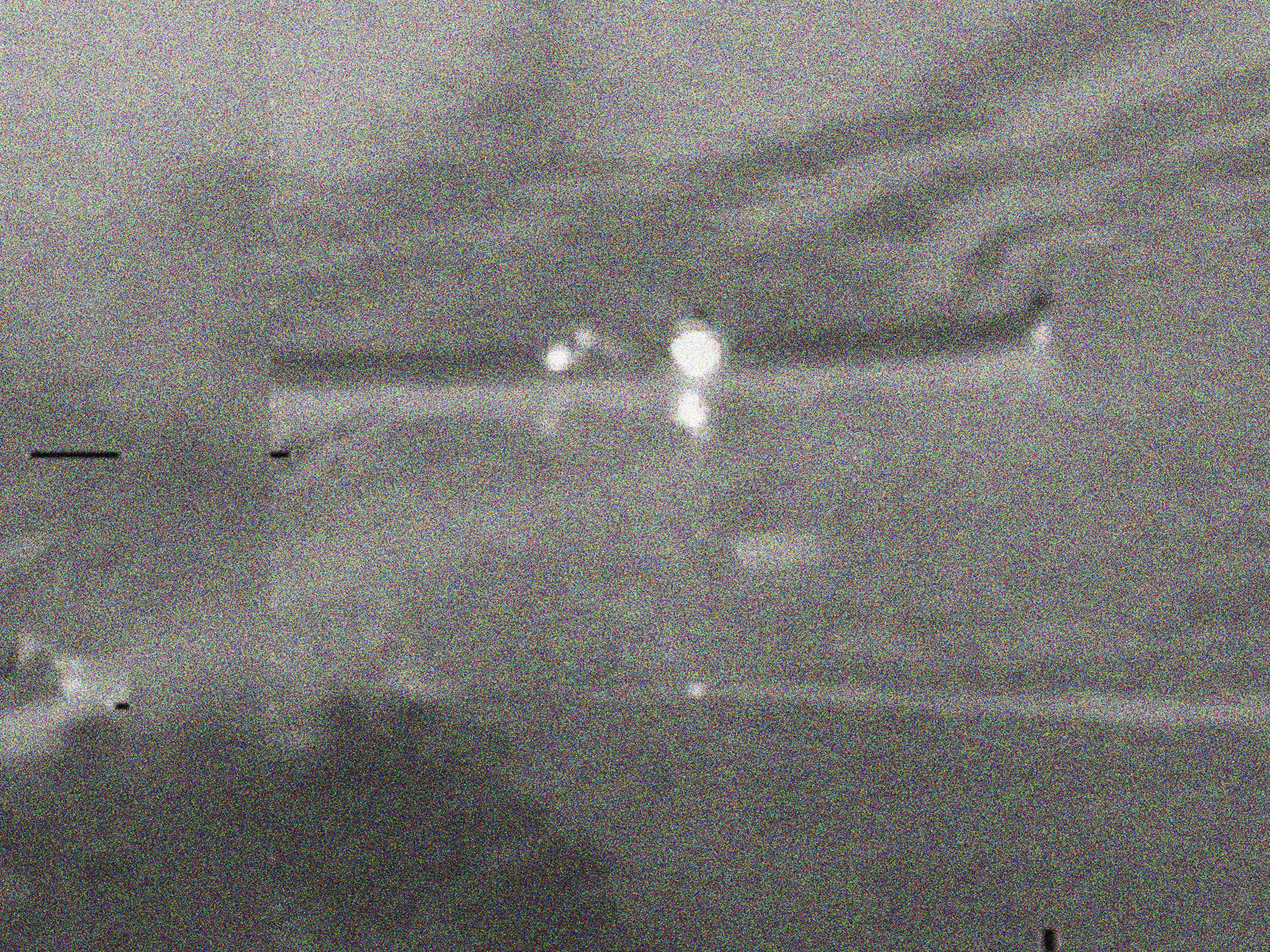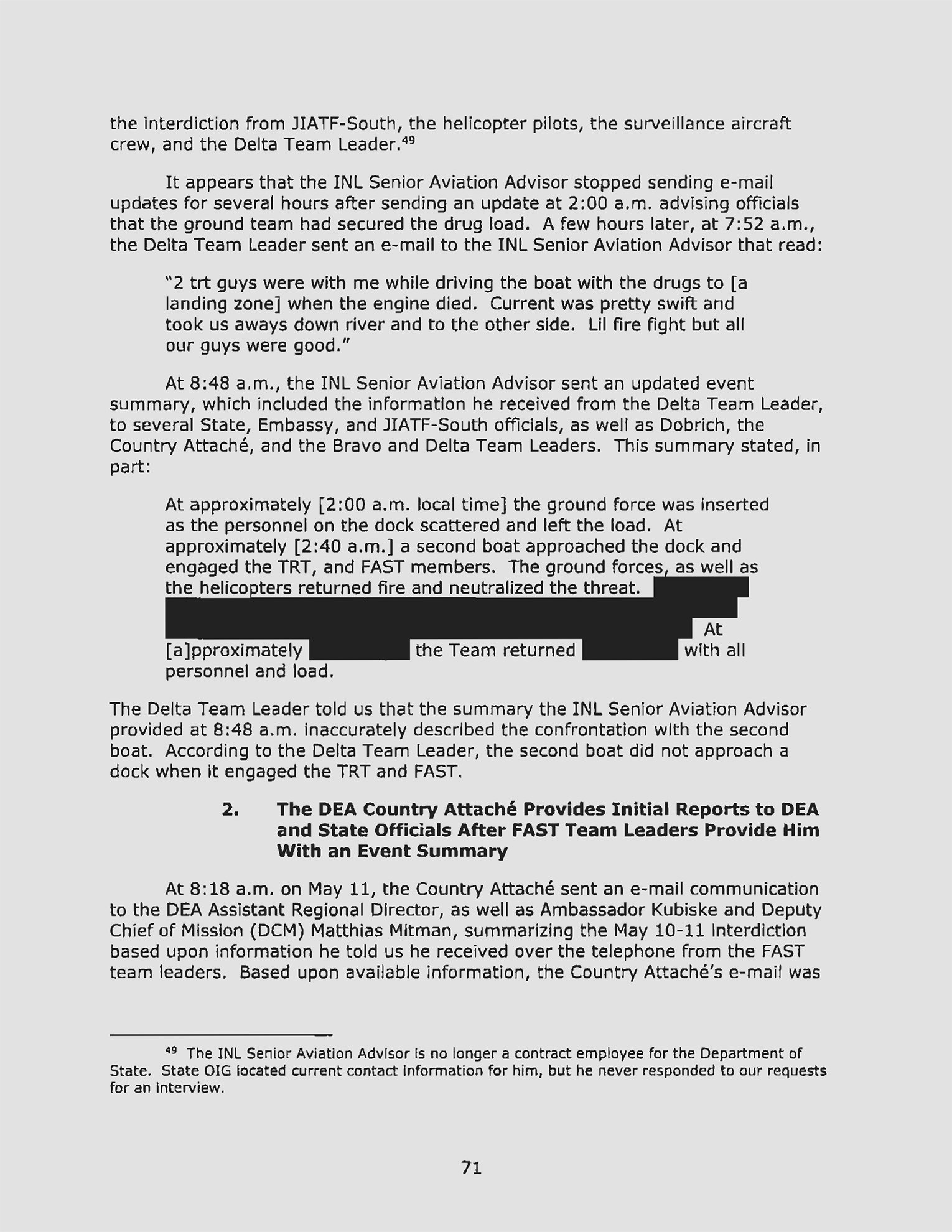Western ideology perceives forests as extraterritorial entities. They most commonly represent a threshold against which the human condition is defined.
Honduras's northeastern regions are a green frontier. Home to one of Central America's least explored and most pristine areas of lowland rainforest such as the Rio Platano, a UNESCO World Heritage site for its biodiversity and cultural importance. At the same, these forests are lawless lands neglected by the central governments. Drug Trafficking Organizations (DTOs) have exploited the institutional vacuum, turning the jungle into a narco-frontier.
Central America has always been a route for cocaine smuggling coming from Latin America. The isthmus is utilized as a mid-point storage and transit region for drugs being transported to Mexico and the United States. But the region's importance has grown exponentially with the militarization of the war on drugs after 2006 -07. DTOs have found Honduras attractive for the remoteness of its borders and the weak government institutions.
Deforestation often overlaps spatially with trafficking nodes, especially near drug transfer hubs in eastern Honduras.
Traffickers cut Forests for clandestine roads and landing strips. After altering the landscape, DTOs narco capitalize on the local economy. They launder vast sums of money into legal and illegal activities such as timber and fauna trafficking and livestock companies.
Forest residents, scientists, and journalists have widely adopted the term narco-deforestation to describe these phenomena.
"Nucleo" (what locals call the core zone of the biosphere) is an ongoing investigation that forms its structure from bits of different sources, such as documentary photography, satellite imagery, open-source images, and declassified documents. Each found element became an entry point to find connections with others. The project develops an optical device to navigate a hidden dynamic, creating a relationship among them, sometimes interpreting unintentionally registered visual data such as illegal landing strips and the change in vegetation patterns seen from satellite imageries.
The series offers a visual representation of the effects of narco-deforestation on the environment and its people, investigating the relationship between criminal syndicates and remote forest frontiers and questioning the environmental destruction caused by the war on drugs.





